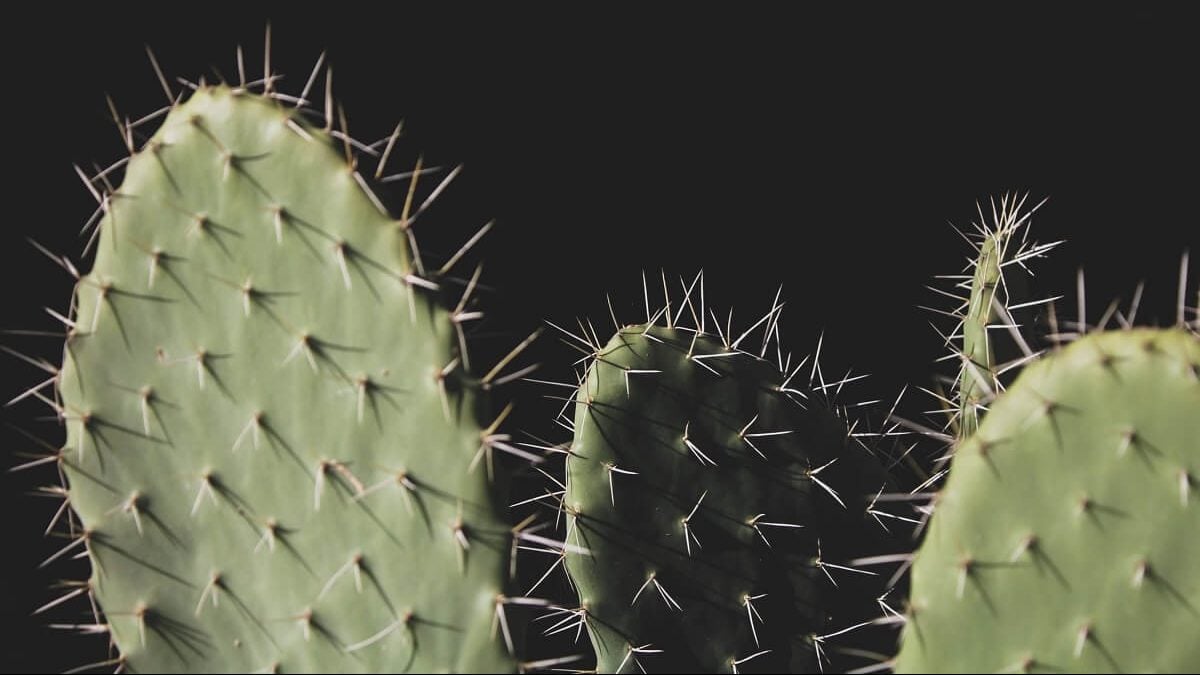Table of Contents
Interested in planting new plants and specifically looking for spiky plants? We understand what must have attracted you towards them. It’s their exotic, tropical, and corny look that attracts people.
Did you know that spiky plants acted as the first line of security in earlier times when there were no security systems installed in the homes? People used to plant spiky plants on their main doors with the intention of hurting intruders and catching them. Not only this. Spiky plants carry an ornamental value as well. People looking to add more biodiversity to their garden are usually inclined towards spiky plants due to their exotic and somewhat different look than usual plants.
On a clear note, spiky plants are more likely to withstand extreme climates than normal plants since they are hardier, mostly drought resistant, and adaptable.
Let’s discuss some spiky plants which you can include in your garden to enhance the diversity and overall aesthetic of your lawn or garden space!
Best Spiky Plants for Your Garden
1. Prickly Pear Cacti
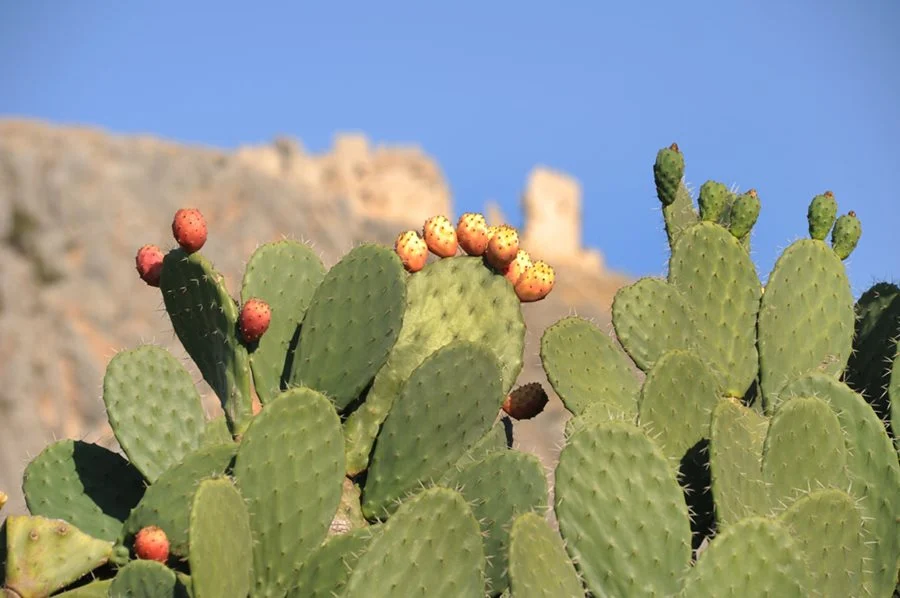
It belongs to the family of Cactaceae. It’s a unique flowering plant that is accompanied by thorns. No amount of discussion will be complete regarding spiky plants without mentioning the infamous prickly pear cacti. The spiny pads of this plant very closely resemble the tail of the beaver. When it comes to the height of the plant, it can easily range between 6 to 48 inches tall. It grows well in the hardy zones between 8 to 11.
The nutritional value of this plant is also what sets it apart. This spiky plant is rich in antioxidants and carotenoids and high in fibre. Moreover, it can be eaten whole with a variety of options. For instance, you can grill or boil this spiky plant as you like.
2. New Zealand Flaxes
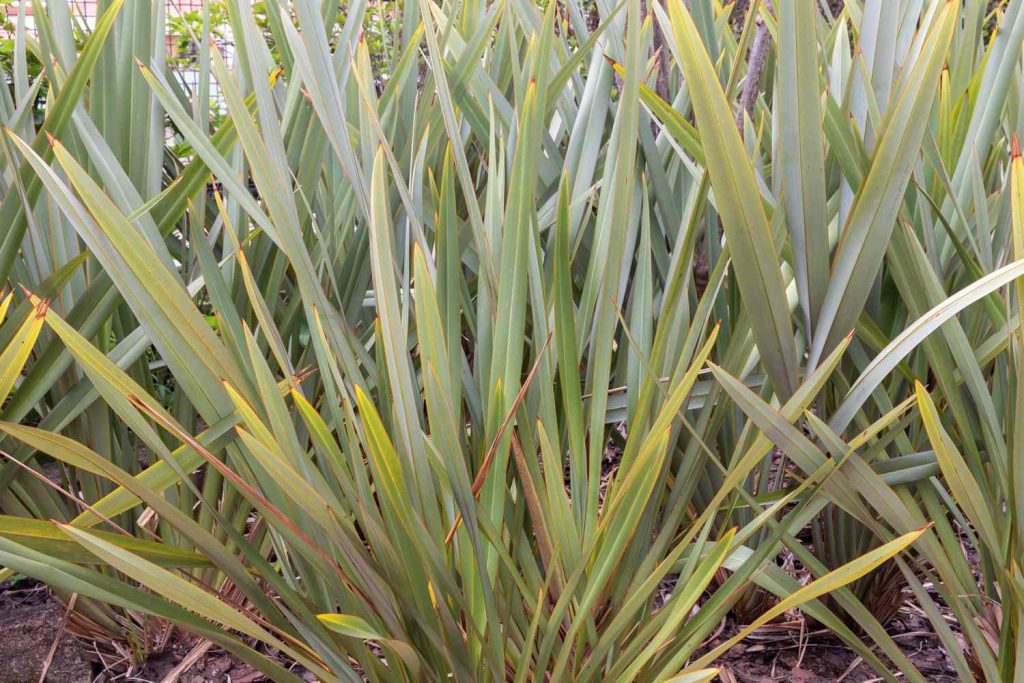
The leaves of this spiky plant are what attract gardeners from all over the world the most. Its leaves are linear, almost symmetrical to each other, and come in various colours depending on the variety. In addition, this plant also needs minimal care, making it a suitable choice for any beginner gardener. It can survive on little to no fertiliser. However, you should add compost annually to these plants to have a steady growth. These plants can reach up to 2 to 12 feet tall, making them stand out in your garden.
This spiky plant is used for many purposes like manufacturing ropes, bird snares, basket making, and whatnot! It’s also a weight loss wonder and carries a lot of fibre aiding digestion. For its health benefits, flax seeds are consumed all over the world.
3. Sotols
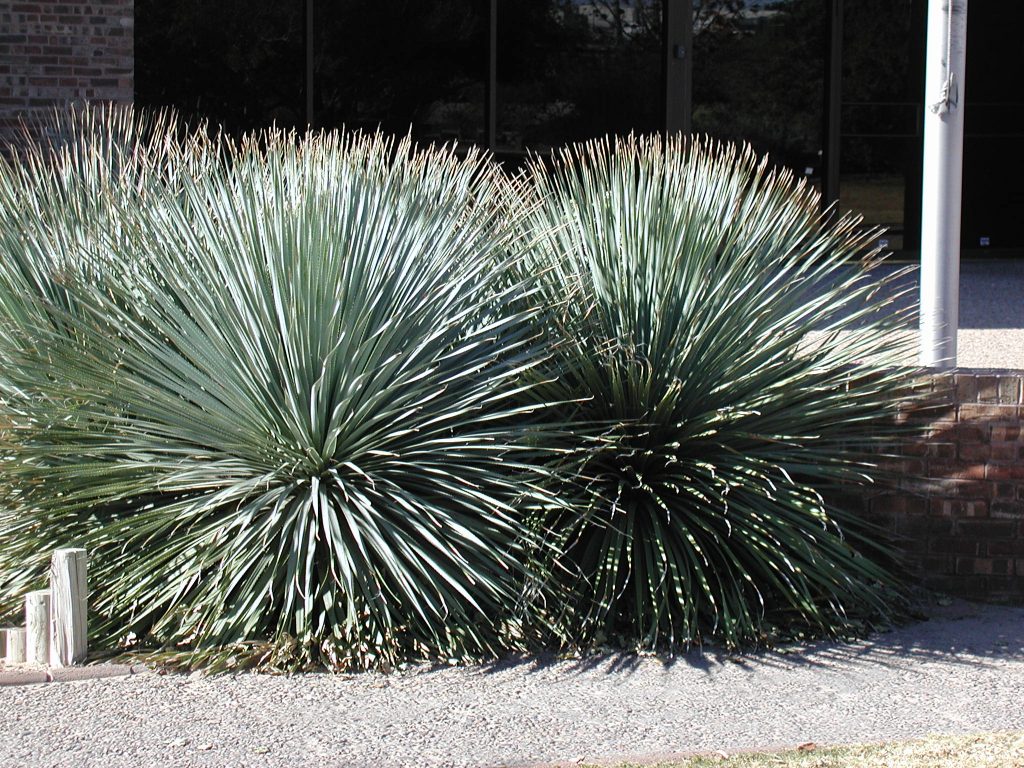
This plant has various names like desert spoon, spoon flower, common sotol, and sotol. It is a plant with many unique qualities. For instance, this plant grows very slowly, is drought resistant and requires full sun exposure to maintain its growth. Grown in well-drained soil, the plant rarely requires any additional water, but you can provide it in summer. If given adequate water, it’s only going to grow at a faster pace.
It blends well with the aesthetic of Mediterranean or arid gardens. A famous Mexican alcoholic drink called Sotol is derived from this plant, in addition to food items and drinks. By interweaving its long and thin leave, the leaves of this plant can be used for beautiful floral arrangements in your home. This spiky plant received the prestigious Award of Garden Merit from the Royal Horticultural Society.
4. Yuccas
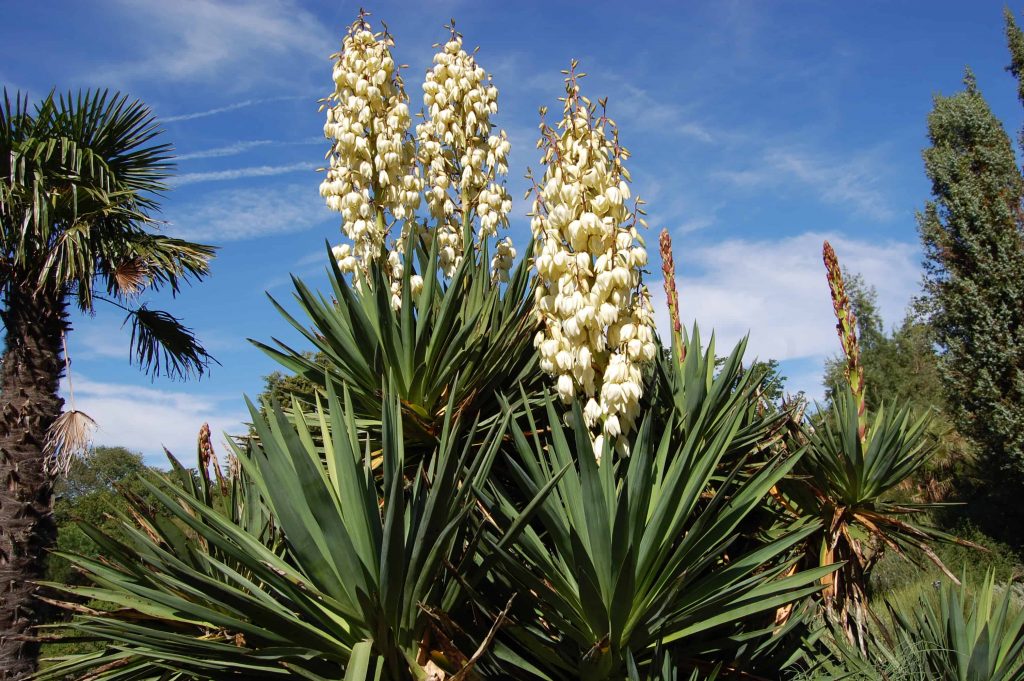
This is not a particular plant type but a huge genus under which many astonishing plants lie. It has around 50 evergreen species, which are perennial, tough and have lance-shaped leaves.
Its starburst-formed leaves can range from 12 inches to 10 feet tall with huge trunks. This has become a popular choice for people because it gives a very modern look to a living space as well as gives a modern architectural finish. Moreover, they are easy to maintain and one of the most drought-tolerant plants to exist.
They require well-draining soil and partial sun to thrive well. Ideally, you should grow these plants indoors, as direct sunlight can damage the plant causing white leaves or brown tips on the leaves. You can water them once a week to keep the soil moist. Be aware of watering often as it can lead to root rot which will damage your plant.
5. Golden Barrel Cactus
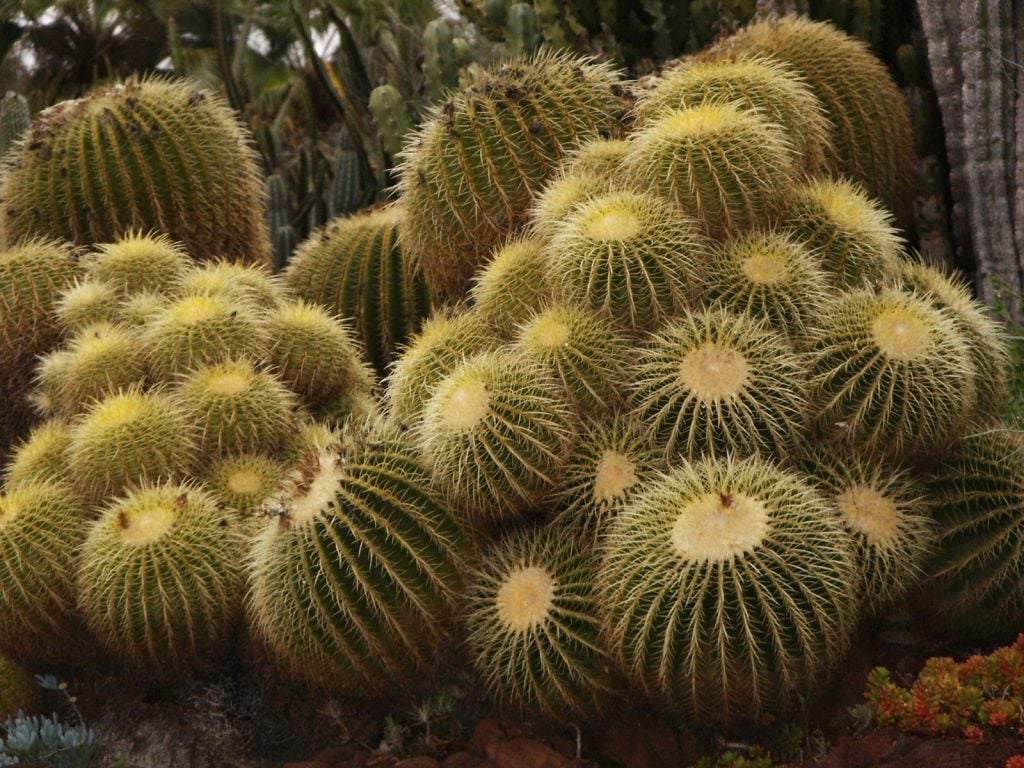
This plant is a much-needed addition to your living spaces. This round barrel-like cactus has yellow thorns on its outer layer. The thorns look like a woollen layer if you notice it from afar, giving it a very elegant look. Its height can reach up to 3 feet tall, which is sufficient enough to garner the attention of the guests at your home.
As compared to other spiky plants, this plant needs a lot of watering and doesn’t require full sunlight to thrive well. Be mindful of its growth and leave enough space in its surroundings for it to grow well. Even though this plant is not invasive and grows in a very expected way, it’s crucial that other plants don’t obstruct it as the golden thorns can damage them.
6. California Fuchsia
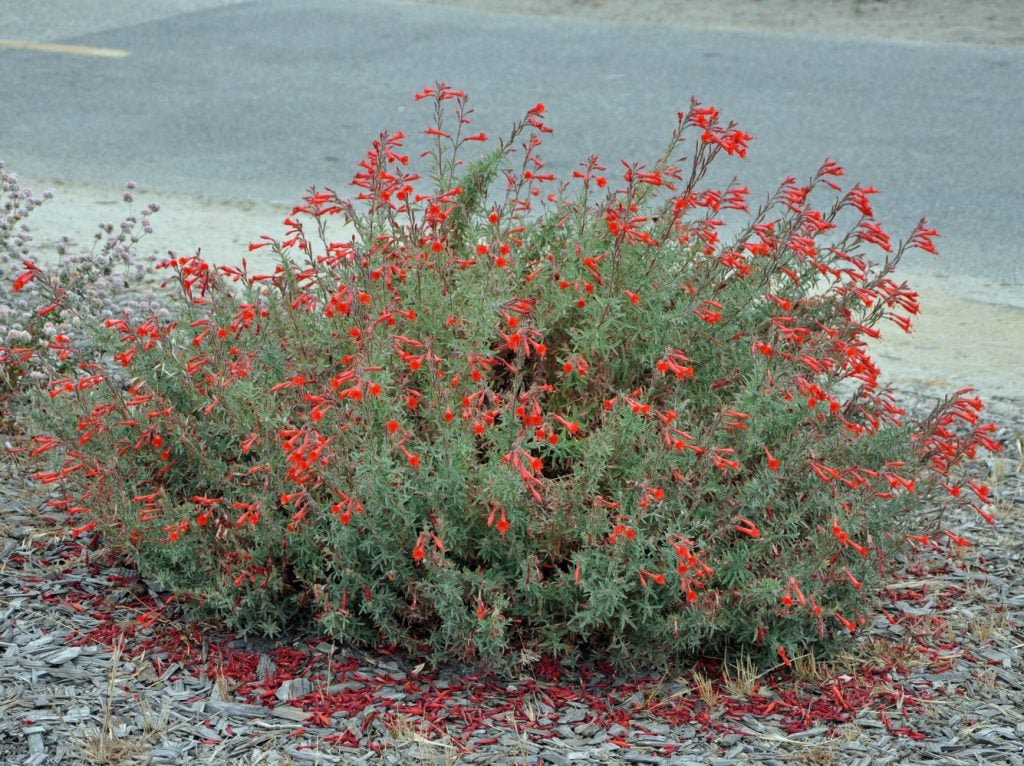
This spiky plant is one of the few plant species that has flowers that are red in colour. So if you’re looking to add a red accent to your living spaces, this plant should be your top choice. Its flowers bloom in summer, giving your home an aesthetic makeover. Its height approximately ranges around 4 feet in height, making it a low-growing plant. Moreover, this plant shows optimal growth in dry habitats. Its leaves are very distinctive and cover itself in fine hairs.
One peculiar quality of fuchsia species is they can easily attract pollinators like bees because there is rich nectar in the centre of their flowers. This spiky plant is highly resilient to extreme weather conditions. It can easily tolerate droughts, extreme sun, and heat, gusting winds etc. These qualities make California Fuchsia an ideal candidate for dry, sunny slopes.
7. Devil’s Walking Stick
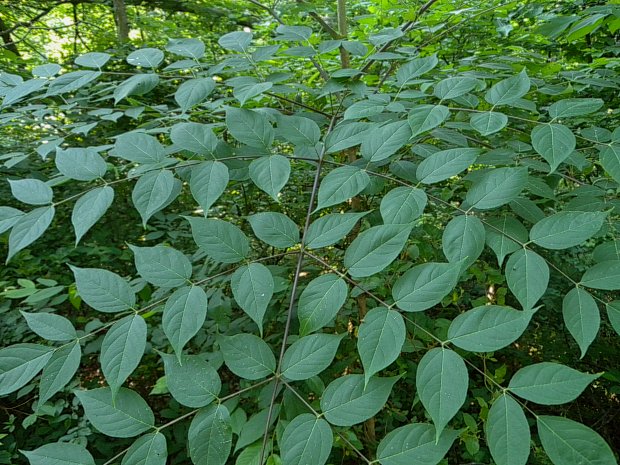
As you might be able to guess by its name, its thorns are extremely sharp. They are abundantly found in the forest edges across North America. Regarding its soil requirement, the devil’s walking stick grows well in medium moisture soil. Though it can tolerate a wide variety of soils, such as rocky and clay, it highly prefers moist, humus-rich, and fertile soils to others. This plant is ideal for growing because it requires minimal care from your side since it requires less water and can tolerate many urban pollutants without affecting its own growth. It grows well in full sun to partial shade, so you don’t have to worry much about its placement.
This plant sounds a bit dangerous, but it has inherent medicinal qualities. For instance, its crushed roots are used as a solution to sores on the skin. Also, its roots are used for promoting vomiting as a way to cleanse the body.
8. Blue Sea Holly
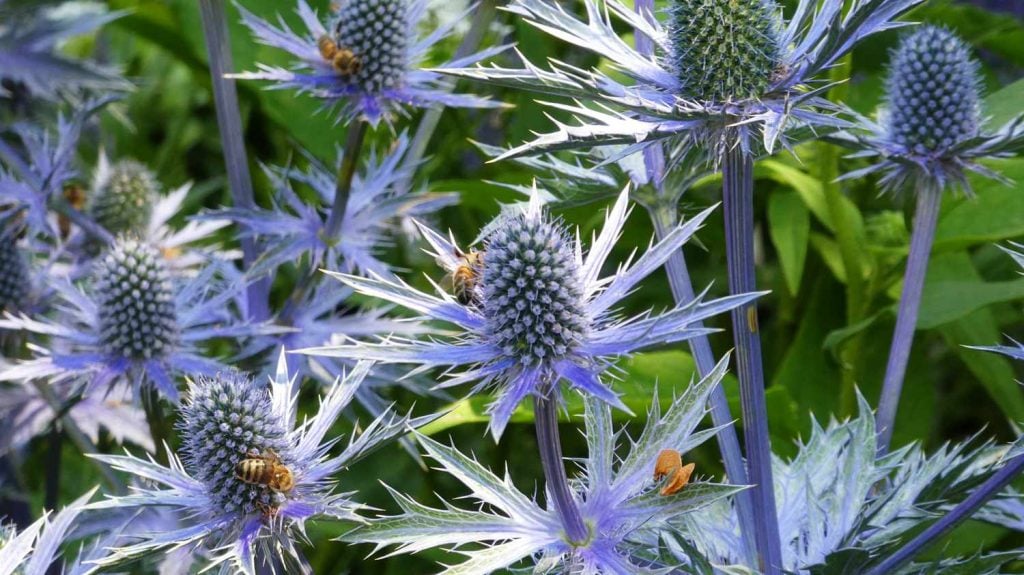
Blue sea holly is a low-maintenance perennial and is native to Europe. Its stems are tall and form foliage at the base which is dark green in colour. They may look similar to thistle plants – its Scottish relative, but the former’s metallic glow in sunshine clearly separates the two distinct species. This spiky plant was once highly commercialised and very rare to find in gardens. However, the times have changed, and now you can see them in common gardens easily across Europe.
For a gardener who is just starting to get into growing spiky plants, this seems like the best choice. Its growth is fast, and you see flowers in the same year you plant this. Moreover, it’s extremely resilient, so it requires less monitoring and care from your side. They are also long-lasting, so once planted, they are going to stay in your garden for a while.
9. Opuntia Howeyi
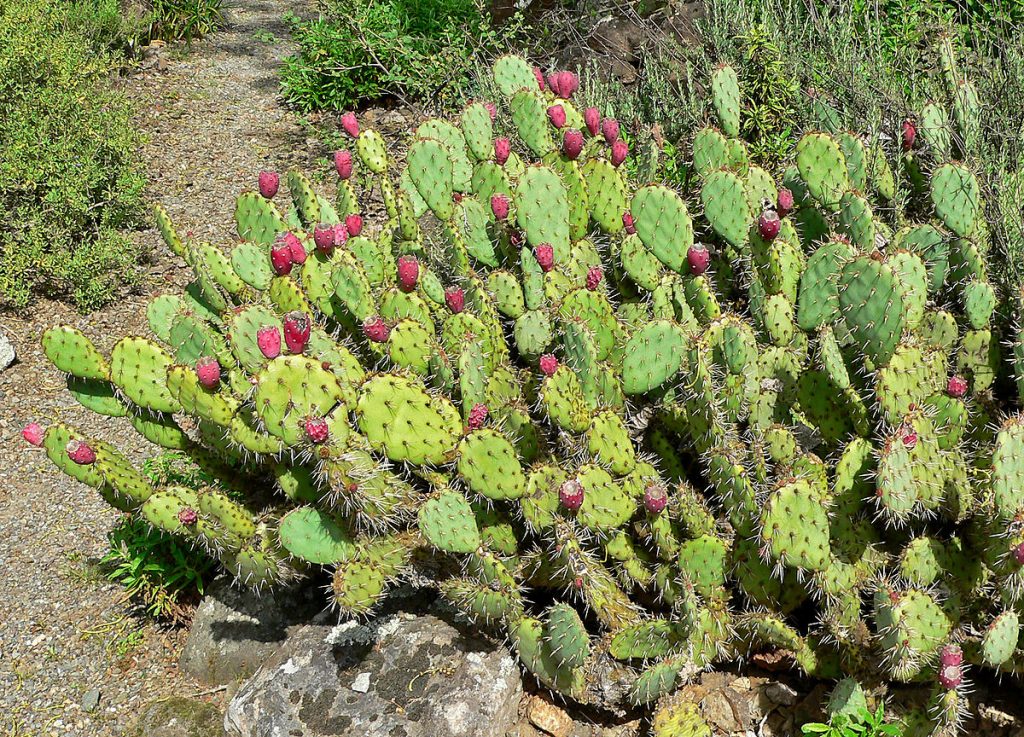
This plant can be easily cultivated in the UK, but you need to be careful with its spikes. This plant looks exotic and is soothing to the eyes, but its thorns are particularly dangerous when stuck to the skin and cause discomfort. Due to this, you should consider planting them in the corner of your garden not to have their thorns lodged in your skin unknowingly.
The size of this plant remains compact. For instance, it doesn’t grow more than 35 cm. Talking about suitable weather conditions for this plant, excess moisture in winter can be really detrimental to the growth of this plant, i.e., it grows well in drier conditions.
10. Aloe Polyphylla
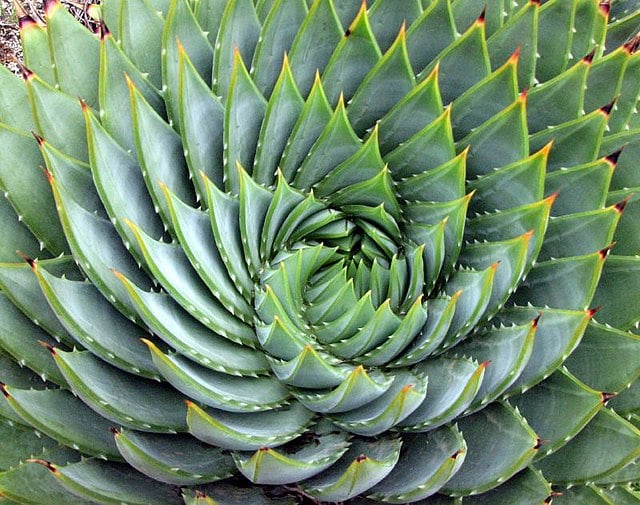
This spiky plant called Aloe Polyphylla looks aesthetic because of its spiral-like leaves. It has approximately five layers of life, making a circle inwards in a very uniform manner giving it a very put-together look! This symmetry and height of visual aesthetic are more prominently seen in mature plants as compared to young plants. Each leaf of this plant develops a yellowish-purple tint at the top, giving it another dimension. This plant can reach a height of up to 50 centimetres. It has the capability of spreading double this height.
The only downside to you cultivating this spiky plant is its high demand which has made this plant difficult to find and even more difficult to acquire. The uses of spiral aloe are innumerable. The watering requirements for this plant are unique as well. It demands deep watering, even if you do it frequently. However, be sure to check the soil moisture beforehand to avoid overwatering this spiky plant.
11. Bougainvillea
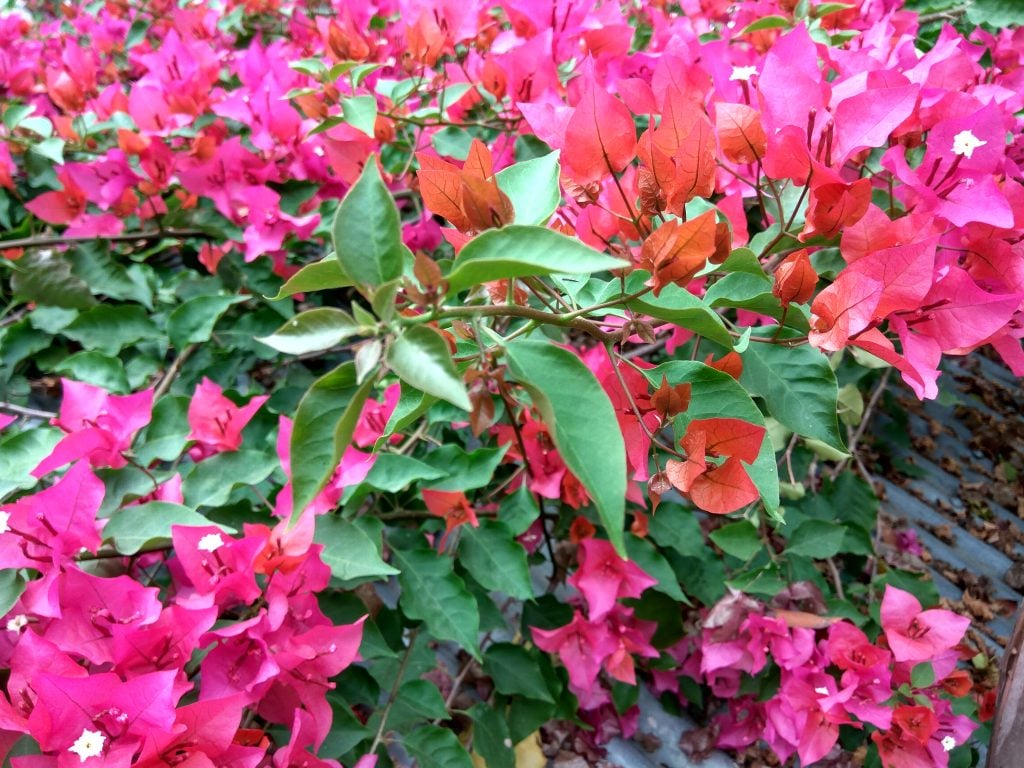
Bougainvillea is one of the most infamous spiky plants existing in the world. And it deserves the hype because of its ornamental character and the way it is ordained with different colour flowers like pink, yellow, red, orange white all year round. It is commonly found in tropical climates and mostly grows in abundant clusters.
Being of a tropical nature, it thrives well in heat and sunshine. Moreover, if you grow it on higher ground or hillsides, its growth will be optimal. It is not advisable to grow this plant in waterlogged or low-lying areas where water may collect. Ensure that they have enough space to grow and the location receives at least 6 hours of sunlight per day. Several Feng Shui experts believe that spiky plants should be kept outside the homes because they might throw challenges and hardships in your life.
12. Crown of Thorns
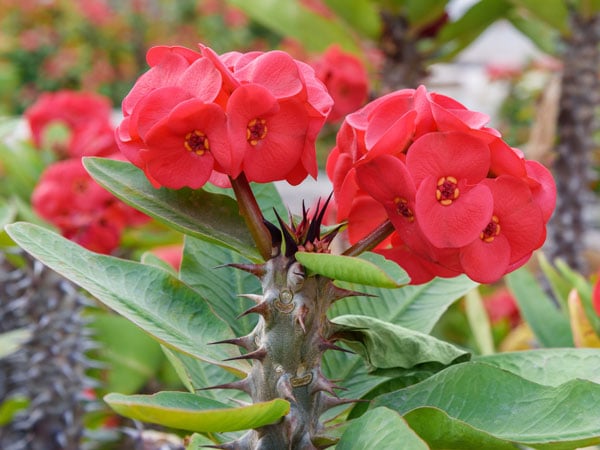
It is an evergreen succulent plant. It is suitable to be grown in the hardiness zones 9 – 11. This plant has an intrinsic history and religious significance, i.e., Christianity. It is known that this plant was personally adorned by Jesus when he was being crucified. The rate of growth of this plant is very slow, and its flowers bloom in various colours like red, pink, and white.
However, be careful of the sap of this plant as it’s poisonous and can cause severe skin irritation. The ideal location for optimal growth of this plant is where it can receive full sun and the soil is well drained. Make sure that this plant doesn’t hold much moisture because it can lead to root rot. Its thorns are sharp, so you can plant them at entrances and windows to deter crooks from breaking and entering.
Summing It Up
All in all, Spiky plants offer practical advantages beyond their striking appearance. Many species are low-maintenance, requiring minimal watering and care. Their hardy nature makes them resilient in various climates, and their unique adaptations, such as succulent leaves or thick spines, enable them to thrive in arid conditions. Additionally, their sharp spikes and thorns can act as a natural deterrent to animals, safeguarding your garden from potential damage and intruders.
Although they are a great addition to any garden, you have to be mindful of certain things. Be safe while dealing with spiky plants because of their thorns. Moreover, some spiky plant species can also be poisonous, which will harm you. Please don’t let your children or infants play near them.
Moreover, be mindful of the placement of the spiky plants, as it can affect other plants in your garden adversely. Spiky plants have pointed thorns that can piece and damage the foliage and flowers of nearby plants, harming the diversity of your garden. It’s better to know how much your spiky plant will grow beforehand so that you can place your plant accordingly.

